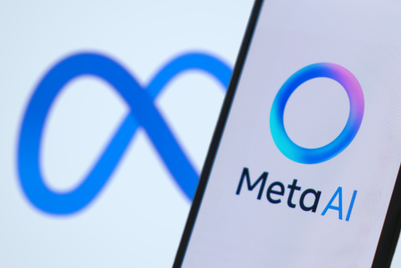
The Indian Institute of Human Brands (IIHB) has released a report based on conversations with a number of TikTok influencers from the country.
According to the report, the TikTok ban will cost the top 100 influencers between 1 billion and 1.2 billion rupees (US$13.3 million to US$16 million) in annual income.
Riyaz Aly, with 42.3 million followers, was the highest grosser amongst TikTok creators in India. IIHB estimated Aly’s annual earnings from TikTok at between $666,000 and $879,000. His run-rate during the pandemic was actually higher and could have crossed $1.1 million to $1.2 million in 2020 but for the ban, stated the report.
The study further revealed that a picture post on top 10 influencer's account on TikTok cost advertisers in the range of $1,600 to $2,000. This dropped to $67 for a 'top 100 ranker'. A 'Story' was priced between $67 and $666, depending on the pecking order; A story highlight was priced between $133 and $1331 and a 24-hour link in a bio fetched between $67 and $466.
"For followers running into millions, this is indeed poor compensation," said Sandeep Goyal, chief mentor at IIHB. "The one thing I could never fully understand with respect to TikTok was why its millions of followers did not convert into larger earnings for its influencers. There were easily at least 50 influencers with over 10 million followers. That is no small number. But the bottom of the top 20 list barely made [$6,700 to $8,000] a month, in reality. There were taller claims and larger stats touted by agents and middlemen, but the actual numbers were actually much lower."
He added, “Did TikTok suffer because of an age skew? More than 60% of TikTok’s active daily user base was said to be between 16 and 24 years. Some even younger. While this is an age cohort that is theoretically very attractive to brands, in reality, this age group does not really have as much discretionary spending power as compared to their peers in Western economies."



.jpg&h=334&w=500&q=100&v=20250320&c=1)




.jpg&h=334&w=500&q=100&v=20250320&c=1)



.jpg&h=268&w=401&q=100&v=20250320&c=1)
.jpg&h=268&w=401&q=100&v=20250320&c=1)
.jpeg&h=268&w=401&q=100&v=20250320&c=1)
.jpg&h=268&w=401&q=100&v=20250320&c=1)
.png&h=268&w=401&q=100&v=20250320&c=1)
.jpg&h=268&w=401&q=100&v=20250320&c=1)
.png&h=268&w=401&q=100&v=20250320&c=1)
